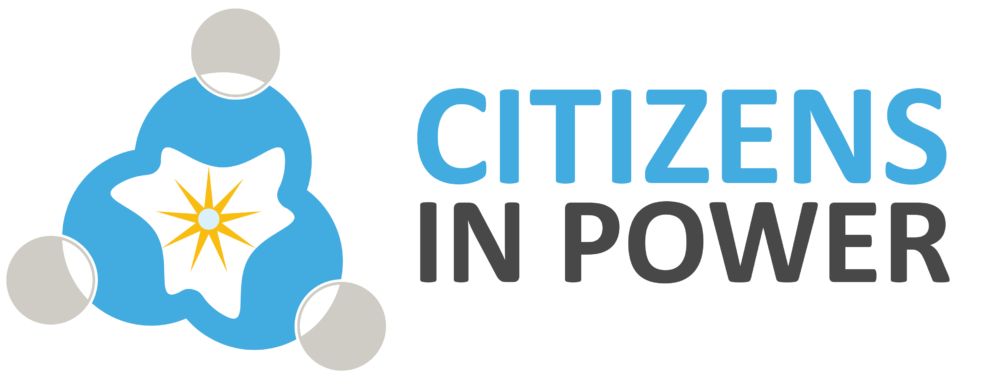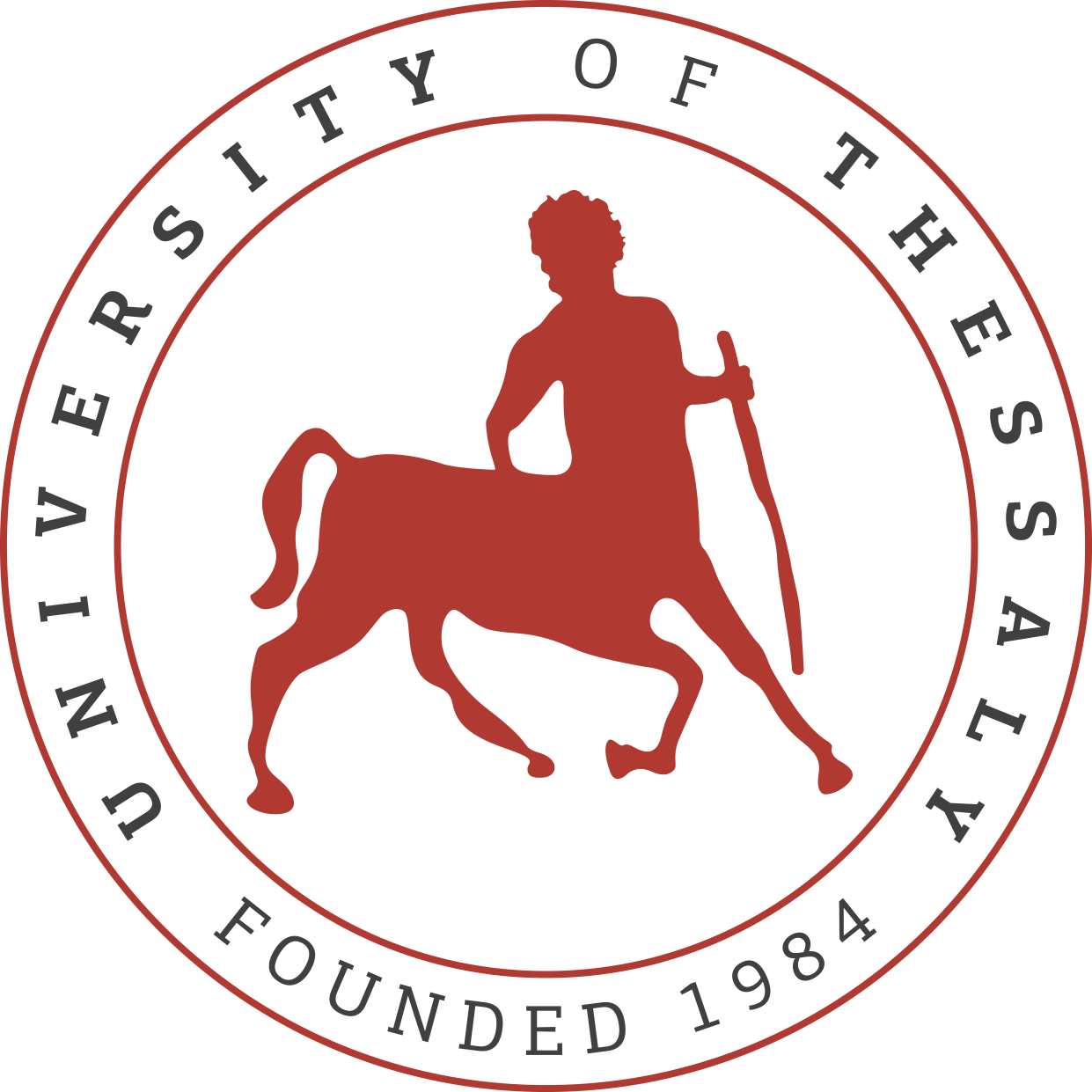The sections in “ The Art of Maths ” tools
Mathematics are everywhere, even in artistic creations! We often view art andmathematics as two separate areas. However,math plays a very importantrole in theartistic expression of human creativity, whichcan clearly be observed since the dawn oftime. Inour project “The Art of Maths”, we have tried to produce tools that will appeal toSTE(A)M teachers to use in their daily practice. These tools have been developed indifferent thematic areas: Visual Arts,Music, Cinematography, Literature, and Theatre.

Each tool contains different sections that teachers will be able to use and modify according to their students’ needs. The first section, the “Educator’s Guide” explains what is contained in each tool, provides some practical advice for educators as well as a debriefing grid to evaluate the activities of the tool. This Guide is followed by an introduction to the content of the tool, meant both for educators and students.
The second section contains the artistic part of each tool. The artistic topics can greatly vary from one tool to another, especially when they are in different thematic areas. In that part, you could have definitions and interesting facts about an artistic current, music theory, a movie, a book, or a play. Thanks to the information provided in this section, teachers will get ideas to include in their math lessons to arouse the interest of the students. Some Youtube videos are sometimes provided as to diversify the way students can learn about those concepts and images will also help them visualize what they learn. This section is followed by a Glossary which contains the definitions of important terms or of some other difficult concepts mentioned in this part.

(Artworks in Tool 6: The mathematical Art of M.C. Escher)
The third section focuses on the mathematics used in the art described in the tool. It shows the particular concepts that can be studied within a math lesson. In this part, teachers will mostly find concepts that they already know, and will be able to select the items that match what they want to teach to or revise with their students, thus being able to insert some level of creativity in the way they will learn mathematics and achieve their tasks.
The fourth part of our tools contain a task combining the mathematics and artistic concepts addressed in the tool. It allows students gain a better understanding of the practical aspect of mathematics and art.

(Task result in Tool 2: Islamic Art and Geometry)
The tools end with a list of interesting links for both the teachers and students to explore. The teachers might develop more ideas on how to present the creative aspect of mathematics in other lessons, while students would be provided with a great deal of resources to learn more about the artistic and mathematical topics they just discovered within the tools.

This project has been funded with support from the European Commission. This website and all its contents reflect the views only of the author, and the Commission cannot be held responsible for any use which may be made of the information contained therein.
[Project number: 2018-1-SE01-KA201-039031]










